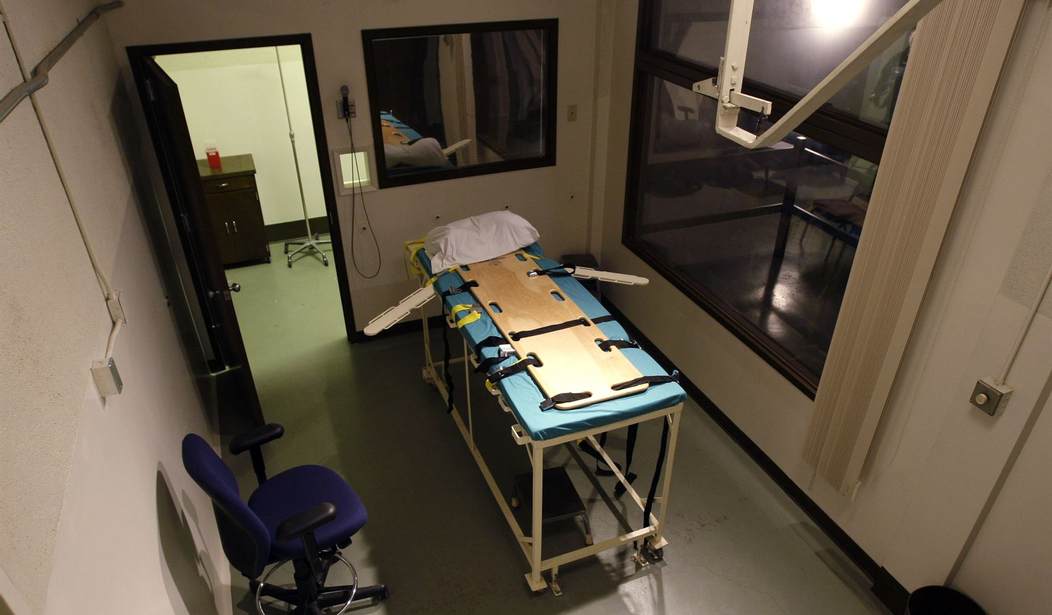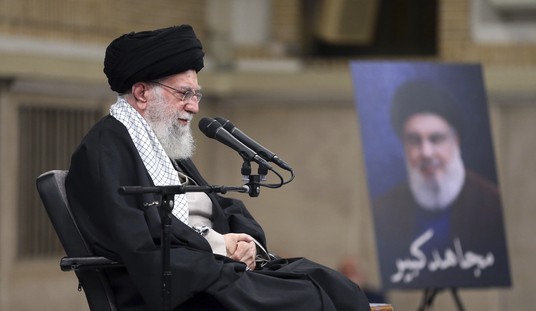Thursday night, the State of Alabama broke new ground as it became the first jurisdiction on the planet to use nitrogen hypoxia as the method to execute Kenneth Eugene Smith for a 1988 murder.
Smith and two accomplices were hired to kill Elizabeth Sennett by her husband, the Reverend Charles Sennett, Jr. The staged home invasion at the crime scene didn't fool anyone, and within a week Smith and his cohorts were in jail, and their employer committed suicide shortly after being questioned by police.
Alabama tried to execute Smith in November 2022 but failed. The state then set out to find a foolproof method of execution and decided upon nitrogen hypoxia as more humane and less error-prone than lethal injection.
BACKGROUND: Alabama Set to Try First Ever Execution by Nitrogen Hypoxia on Thursday. Whatever Could Go Wrong?
Much like New York's first experience using electrocution for capital punishment didn't run as smoothly on humans as it had on stray dogs, Alabama's inaugural use of nitrogen hypoxia did not live up to the hype. In court filings, Alabama's Solicitor General Edmund LaCour told judges it's the "most painless and humane method of execution known to man." The state has argued the gas will knock him unconscious within seconds and cause death within minutes.
How did it go? This is the tick-tock by AL.com, one of the five media organizations allowed to witness the execution.
At 7:47 p.m., media witnesses left that trailer and entered the viewing room to the execution.
Four of Smith’s witnesses sat in the viewing room: his wife, son, lawyer and friend. His wife wore a shirt which read, “Never Alone.”
The curtain to the viewing room opened at 7:53 p.m. Smith looked toward the room where his family and media witnesses sat, smiling and nodding his head.
He gave a thumbs up sign and signed “I love you” with his left hand. “Tonight, Alabama causes humanity to take a step backwards.”
Smith then spoke with his spiritual advisor the Rev. Jeff Hood, and Hood touched Smith’s feet with his Bible. Smith continued to smile toward his family.
The gas appeared to start flowing at approximately 7:58 p.m. Smith visibly shook and writhed against the gurney for around two minutes.
His arms thrashed against the restraints. He breathed heavily, slightly gasping, for approximately seven more minutes.
At one point, his wife cried out.
At 8:01 p.m., a correctional officer in the execution chamber leaned over Smith and examined his face, before stepping away and walking back to his post.
Smith appeared to stop breathing at 8:08 p.m.
Hood continuously blessed Smith, making the sign of the cross throughout the execution. The curtain closed to the execution at 8:15 p.m.
Smith's spiritual advisor, the Reverend Jeff Hood (Old Catholic Church), who moonlights as an anti-death penalty activist, describes the scene.
The state of Alabama just gassed a man called Kenneth Smith to death. Here’s an interview with the last person — a man of God — he exchanged words with. Listen to him describe what he witnessed.
— Ish Aderonmu (@LegalishCA) January 26, 2024
pic.twitter.com/EbTTTbmWFn https://t.co/NvFboVywcQ
Even though I generally support the death penalty, In the words of St. Thomas Aquinas, "The life of certain pestiferous men is an impediment to the common good which is the concord of human society. Therefore, certain men must be removed by death from the society of men."
I don't have a great deal of sympathy for Smith. I hope he used his three decades on death row to legitimately prepare himself for his death, an opportunity that was not afforded to his victim. The terror he experienced was a small reparation for what Elizabeth Sennett went through. That said, changing capital punishment from an expression of sovereign justice to a medical procedure does nothing to increase respect for the law. Likewise, dragging out the punishment for a very open-and-shut murder for 35 years makes the law a laughingstock.













Join the conversation as a VIP Member